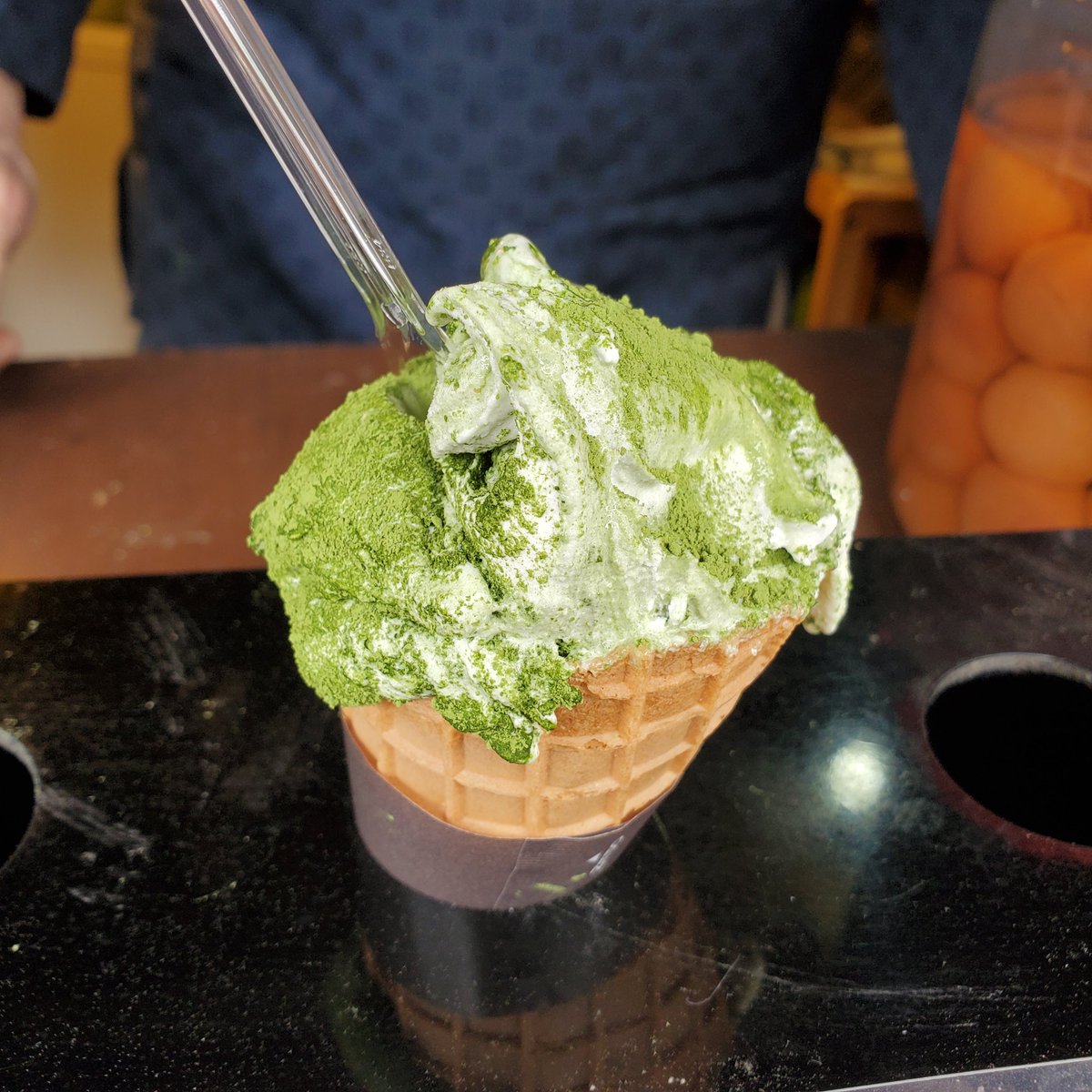🗺️🤔SOUTH OF THE CAPITAL🧭🌸
Second only to Kitano Tenmangū as the go-to destination for plum blossoms, Jōnan-gū's "Spring Mountain" (春の山) reimagines a Heian-period style garden.
even the mean monks
come to eat rice cakes-
God of Jōnan
腹あしき僧も餅くへ城南神
-Yosa-no-Buson.



Second only to Kitano Tenmangū as the go-to destination for plum blossoms, Jōnan-gū's "Spring Mountain" (春の山) reimagines a Heian-period style garden.
even the mean monks
come to eat rice cakes-
God of Jōnan
腹あしき僧も餅くへ城南神
-Yosa-no-Buson.




One of Kyōto's most photographed pieces of scenery is a stretch of garden behind Jōnan-gū's (城南宮) main shrine. Here winter and spring collide with plum blossoms cascading over fallen camellia flowers...bright dots in a verdant green carpet.
#Jōnangū #城南宮 #Kyoto #京都 #Japan



#Jōnangū #城南宮 #Kyoto #京都 #Japan




Shōfu-dō's (松甫堂) 'tsubaki-mochi' (椿餅) is sold exclusively on the approach to Jōnan-gu during plum blossom season. The sweet's slight octagonal shape was inspired by the shrine's famous amulet (protecting against unlucky directions).
Amulet image thanks🙇♂️-@urahanabi
#Kyoto



Amulet image thanks🙇♂️-@urahanabi
#Kyoto




Jōnan-gū's origins are hazy at best.
Some say Empress Jingū (神功皇后 ?169-269?), returning victorious from campaigns on the Korean Peninsula, buried her battle pennant and enshrined the god Yachihoko-no-kami (八千矛神) here in 203 in a shrine called Mahataki-jinja (眞幡寸神社).



Some say Empress Jingū (神功皇后 ?169-269?), returning victorious from campaigns on the Korean Peninsula, buried her battle pennant and enshrined the god Yachihoko-no-kami (八千矛神) here in 203 in a shrine called Mahataki-jinja (眞幡寸神社).




Rather confusingly, both Jōnan-gū & Fujinomori-jinja (藤森神社) claim to have their origins with Mahataki-jinja.
Fujinomori-jinja likely stands close to where this shrine was founded in 203, but the current incarnation of Mahataki-jinja (真幡寸神社) is located within Jōnan-gū🤔



Fujinomori-jinja likely stands close to where this shrine was founded in 203, but the current incarnation of Mahataki-jinja (真幡寸神社) is located within Jōnan-gū🤔




Old before Kyōto was born, Jōnan-gū stood conveniently to the capital's south west and was thus considered protection against this unlucky direction.
Emperor Kanmu probably established the shrine that we know, and even now people pray here for protection from unlucky directions.
Emperor Kanmu probably established the shrine that we know, and even now people pray here for protection from unlucky directions.
For over a thousand years members of the nobility would pray at the shrine before setting off on important journeys🧭
Ex-emperors Shirakawa and Toba began their pilgrimages to Kumano from Jōnan-gū, and Princess Kazu departed here in 1861 to marry Shōgun Tokugawa Iemochi.
#Kyoto



Ex-emperors Shirakawa and Toba began their pilgrimages to Kumano from Jōnan-gū, and Princess Kazu departed here in 1861 to marry Shōgun Tokugawa Iemochi.
#Kyoto




• • •
Missing some Tweet in this thread? You can try to
force a refresh

































































